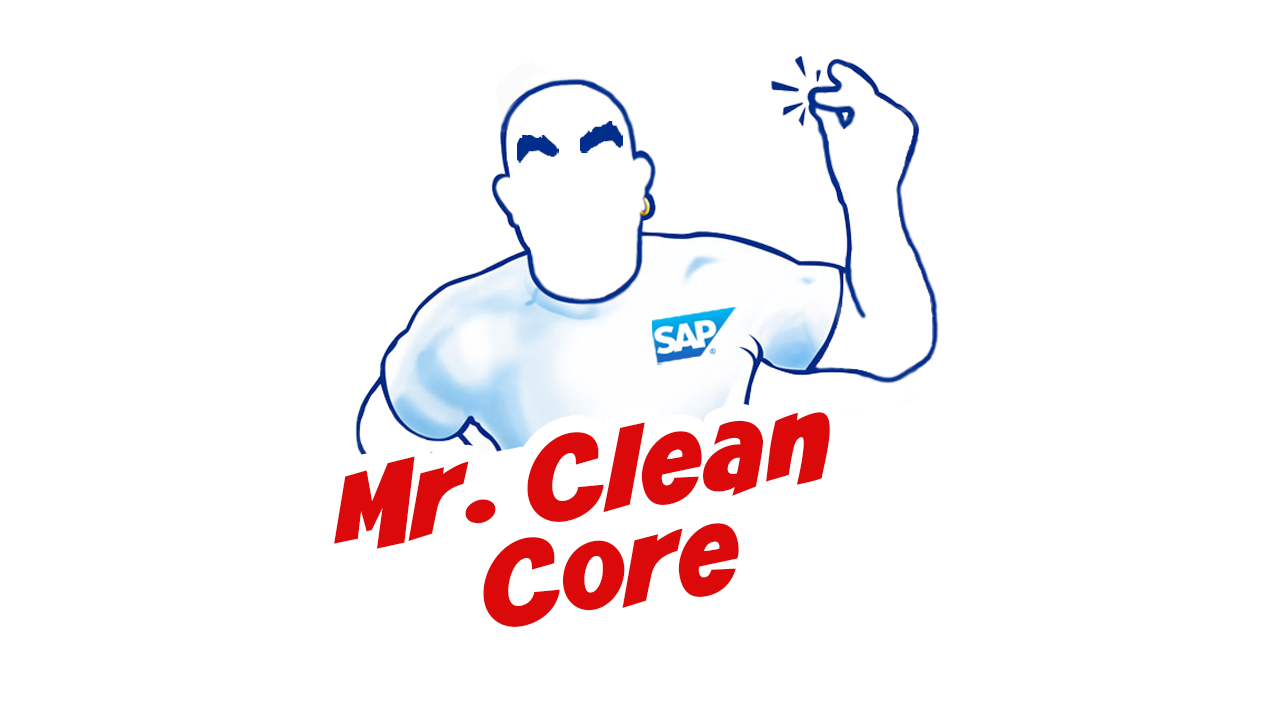Now more than ever, having an SAP ERP means defining a strategy around the adoption of standards and the level of customization. Whether you’ve been an SAP user for a long time, or you’re preparing to deploy S/4HANA, you’ve probably already had to make choices about specific developments on your ERP platform. And while on-premise upgrades used to be synonymous with long, complex projects, the situation is changing with SAP’s Clean Core approach.
A shift to the cloud: standardization and innovation
Today, new SAP customers are massively turning to cloud solutions, whether through SAP S/4HANA Private Cloud (RISE) or Public Cloud (GROW). While adopting the Clean Core approach is essential with Public Cloud, it is highly recommended with Private Cloud. Although the latter continues to offer full development and adaptation possibilities for the S/4HANA On Premise version, SAP strongly encourages all its customers, including those on Private Cloud or On Premise, to adopt the Clean Core approach. The result: simpler, faster and, above all, more frequent upgrades, and an easier transition to the Public Cloud in the years to come.
Why this approach? Because in an evolving environment like SAP S/4HANA, where new versions arrive regularly, simplification becomes the key to industrializing updates, without disrupting business operations. By embracing SAP’s new standard processes and workflows, companies can evolve in step with innovation, rather than remaining constrained by aging, costly-to-maintain specifics.
But then, can SAP still be customized?
It’s a legitimate question, and the answer is: yes, but differently. Business complexity alone no longer justifies the development of specific applications at the heart of the system. On the contrary, SAP encourages its customers to maximize the adoption of standards, now organized into Lines of Business and Scope Items. SAP BTP (Business Technology Platform) completes this approach by allowing specific extensions to be managed, without touching the core ERP system. This guarantees the perenniality of your customized applications, while maintaining a stable, scalable ERP base ready to welcome new developments.
The challenges of Clean Core: a change of culture
Every great strategy comes with its challenges, and Clean Core is no exception. One of the biggest challenges remains resistance to change. Teams who have long worked with bespoke customizations may be reluctant to let go of them. So it’s essential to replace the “with us, it’s different” attitude with a question that opens up perspectives: “How can we adopt the standard?”. This requires a change of culture in the way business processes are designed. The more companies are willing to rely on SAP S/4HANA’s standard functionalities, the more agile and flexible they will be in the future.
Fit-to-Gap and the use of SAP BTP
For specific needs that cannot be covered by the standard, the solution lies in SAP BTP. The Fit-to-Gap is the evaluation process in which we identify both the standard system functionalities that meet needs (Fit), and those that require adjustments (Gap). In this phase, business requirements are analyzed, and specific developments can be outsourced to BTP. However, the idea remains to contain the number of these specific developments, in order to preserve a clean, easy-to-maintain Core.
And what about the data?
Of course, the Clean Core approach is not limited to customization management. The quality of data and its integration into a multi-application environment are also crucial elements to consider. Clean, well-integrated data guarantees smoother processes, and facilitates version upgrades and the adoption of new functionalities.
In conclusion: Clean Core for an always up-to-date ERP
The SAP Clean Core approach represents a major strategic evolution in ERP management. By promoting standardization and outsourcing customizations, it enables companies to maximize their agility, reduce maintenance costs and keep pace with the frantic pace of SAP innovation. But to make this transition a success, the challenge of cultural change and managing specific requirements must be met.
Ultimately, adopting the Clean Core strategy means choosing to stay up-to-date, without the hassle of heavy migration projects. And in an ever-changing world, it’s certainly the key to sailing serenely into the next decade and its new challenges.

